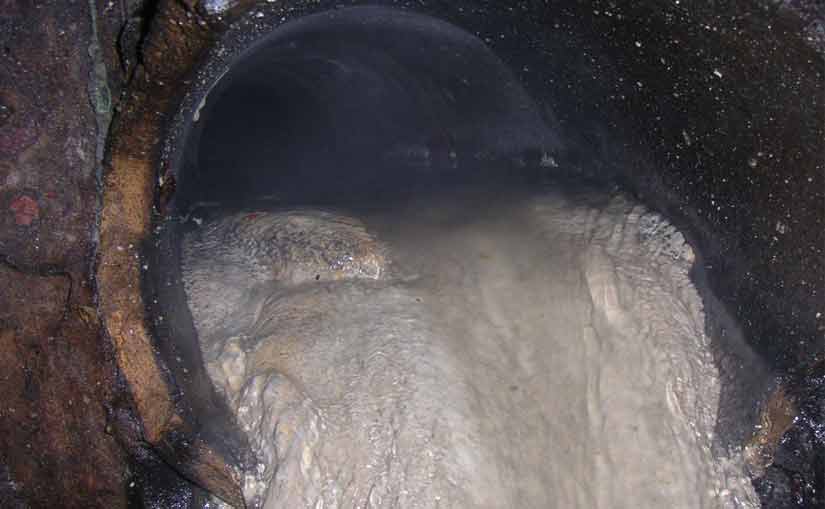Some issues are dull but nonetheless important such as cafeteria grease trap elimination. Sometimes it seems that life takes one step forward and two steps back. It’s a stark reality but mankind has to sew its future as well as its place therein. Because of the need for fast and hot meals inside various institutions, cafeterias are a staple. These departments are responsible for providing decent, affordable, palatable, and nutritious meals available at regular intervals. Some cafeterias are open for twenty-four hours especially in establishments that have shifting schedules. Cafeterias are really indispensable because with them, healthy and well-fed individuals can do perform tasks efficiently throughout the day.
Modern cafeterias bring convenience and nutrition in places where people spend most of their waking hours studying or working. The increased demand for good, fast food is increasing. And with the increased demand, comes the increase in the amount of FOG (fats, oils, grease) that is produced. The dramatic increase in FOG that overflows from cafeterias all over the United States is quite alarming. Wastewater is filling up with FOG, resulting to hazardous health and sanitation problems. With this, the US government has come up with the grease ordinance or the pre-treatment ordinance that aims to protect the wastewater treatment facilities and the sewer lines all over the country.
The owners of these cafeterias are mandated to install grease traps in their premises to take care of the endless FOG production. The traps or grease interceptors should have permits and should be regularly inspected. They should also be well-maintained to make sure that the grease traps do not overflow or malfunction. Pumping out of the installed grease traps should be done according to their size, location, and accessibility. The large traps installed outside, underground, should be pumped out quarterly. The small traps installed indoors, should be pumped out monthly. But because of the threat of large fines and lawsuits, many institutions opt to have their grease traps pumped out every week. This is a very expensive practice but they would rather pay for such a routine than face lawyers and penalties.
Cafeteria grease trap elimination can be done with the right practice and the right cleaners. There are institutions that still use enzymes and chemicals in getting rid of the FOG and solid wastes that have accumulated in the grease trap. Because of the exaggerated promises that the additive manufacturers publicize, these institutions believe that enzymes and chemicals are the real solutions for the FOG problem. Sadly, this usually a waste of money because these substances only emulsify the FOG and let it combine with the wastewater. When this happens, the FOG enters the sewer lines, solidify in there, and stick to the pipe walls. The flow of the wastewater is eventually blocked and wastewater backups occur. Severe contamination is most likely to take place if these products are used more often. Additive manufacturers put so many lives and property at risk by leading these institutions on. What they don’t know won’t hurt them is clearly not true in this situation.
Bacteria should be used more often in cafeteria grease trap elimination. These are very helpful microorganisms eat fats, oils and grease and reproduce. They grab at any opportunity to consume so that they could have the energy to proliferate. This is why they have been champions of evolution for millions of years. And to this very day, their simplicity has proven to be the best solution to FOG crises. Bacteria readily digest the FOG and the solid waste materials that have accumulated in the grease trap, leaving it without any bad odor. The environment is also kept safe because bacteria don’t have chemicals to pollute it.
When bacteria are used in cafeteria grease trap elimination, every penny spent is worthwhile. Investing on the right cleaner for the grease trap is sure to yield a longer lifespan for the trap and for the cafeteria.

